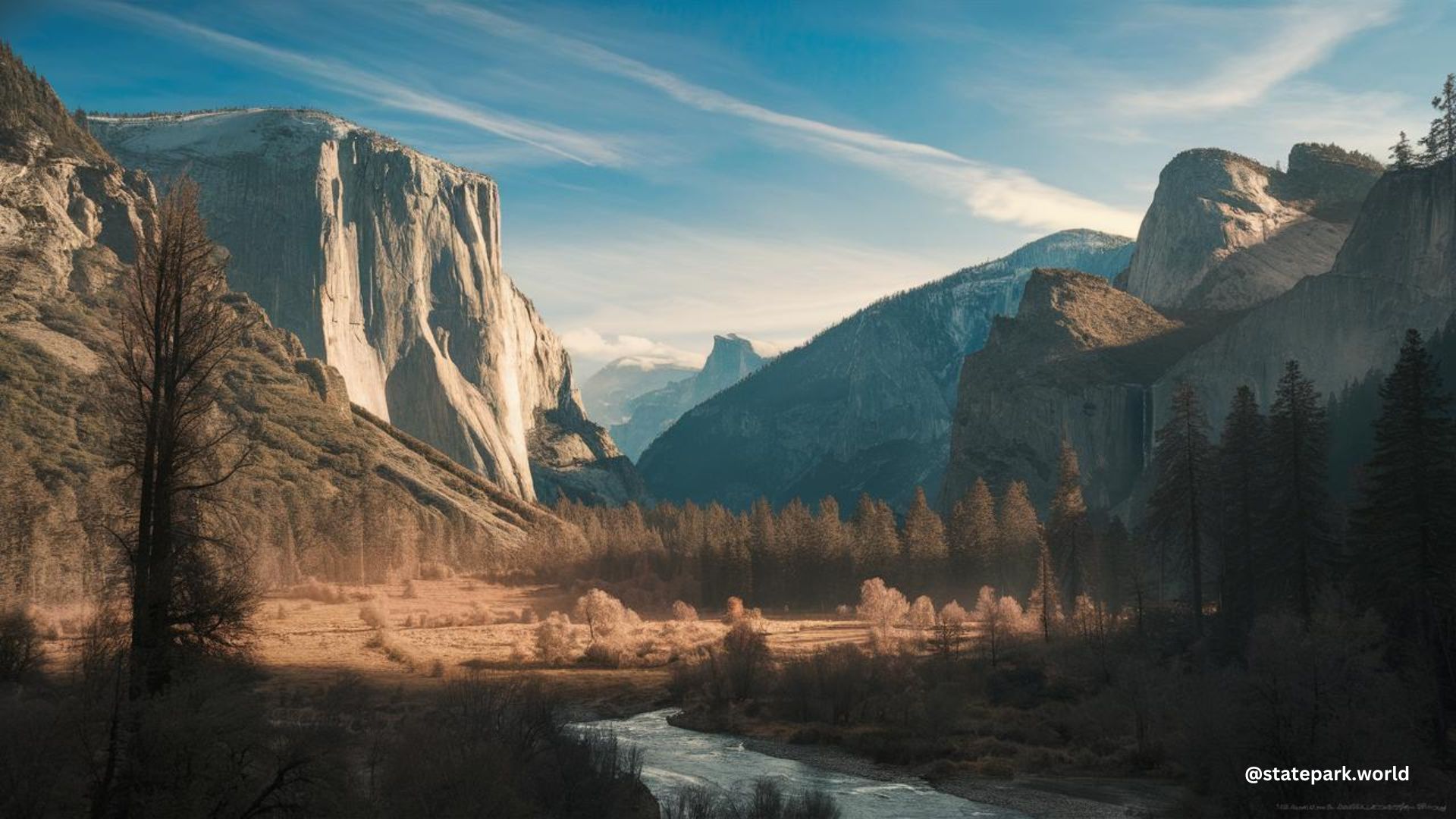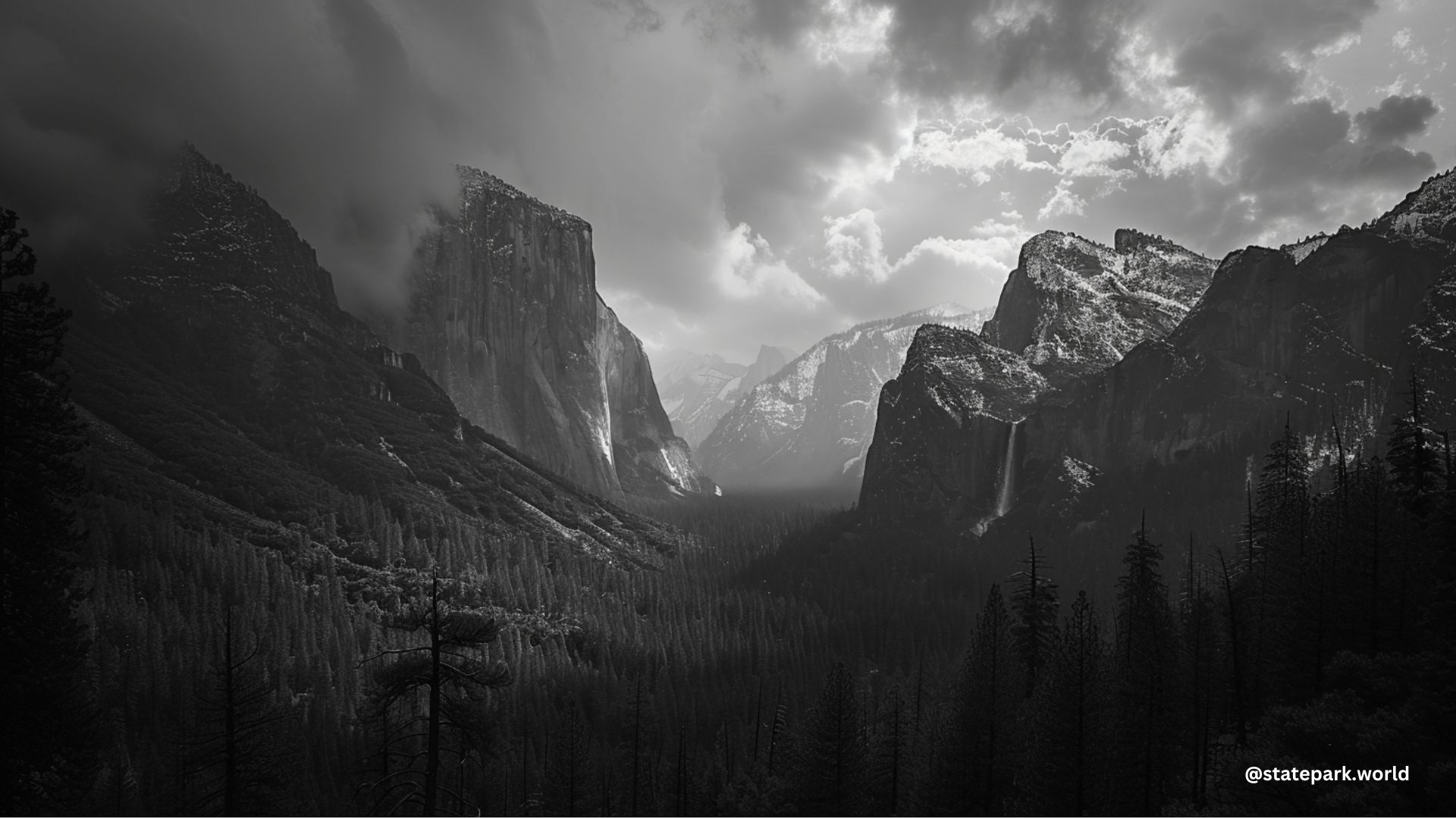Yosemite National Park, a natural wonder nestled in the Sierra Nevada mountains, has recently experienced a record-breaking snow melt due to warming temperatures. This surge in meltwater has led to surging rivers, spectacular waterfalls, and the temporary closure of certain areas within the park. As a State Park Touring Enthusiast, you’ll be captivated by the dynamic changes unfolding in this iconic destination.
Understanding the Yosemite National Park Snow Melt
Yosemite National Park, spanning nearly 1,200 square miles, is a beloved destination for millions of visitors each year. The park’s snowpack, which accumulates throughout the winter months, has reached record levels in the Merced River basin and the Tuolumne River basin. As spring temperatures rise, this snowpack begins to melt, gradually feeding into the park’s reservoirs and rivers.
The Impact of Warmer Temperatures

In late April, the National Weather Service reported that the Yosemite region was experiencing “much warmer weather” than expected, which has accelerated the snowmelt process. This rapid melting has led to the Merced River overflowing its banks, causing the closure of certain areas within the park.
The Importance of Snowmelt in Yosemite
The snowmelt in Yosemite is a vital component of the park’s ecosystem, providing essential water for a wide range of habitats, from alpine gardens to giant sequoia groves. This meltwater also plays a crucial role in sustaining downstream regions, as the water that originates in Yosemite can eventually flow out of taps in San Francisco.
The Spring Pulse and Yosemite’s Landscapes
As the snow begins to melt, the resulting rise in water levels is known as the “spring pulse.” This annual event shapes the park’s dramatic landscapes, most notably the smooth granite formations and the famous waterfalls that draw visitors from around the world.
Recreational Impacts and Closures
Yosemite National Park has advised that river-related recreation, such as rafting, swimming, and picnicking in areas along the river, may be unavailable until sometime in July, even when the Yosemite Valley is open. This is due to the high water levels and the potential safety concerns associated with the surging rivers.
Yosemite’s Snowpack and Climate Change
The amount of snowpack that accumulates in Yosemite each year is dependent on both the amount of precipitation and the temperature when it falls. As the climate continues to change, the park’s snowpack and the timing of the snowmelt may be affected, potentially leading to further changes in the park’s ecosystems and landscapes.
Visiting Yosemite During the Snow Melt
If you’re planning to visit Yosemite National Park during the snow melt season, it’s essential to check the park’s website and social media channels for the latest updates on closures, trail conditions, and recreational opportunities. While certain areas may be off-limits, the park’s stunning waterfalls and landscapes will still be on full display, offering a captivating natural experience.
Conclusion
Yosemite National Park’s snow melt is a remarkable natural phenomenon that showcases the dynamic and ever-changing nature of this iconic destination. As a State Park Touring Enthusiast, you’ll be captivated by the surging rivers, the spectacular waterfalls, and the gradual transformation of the park’s landscapes. By understanding the importance of snowmelt and the potential impacts of climate change, you can plan your visit to Yosemite and witness this captivating natural wonder firsthand.

